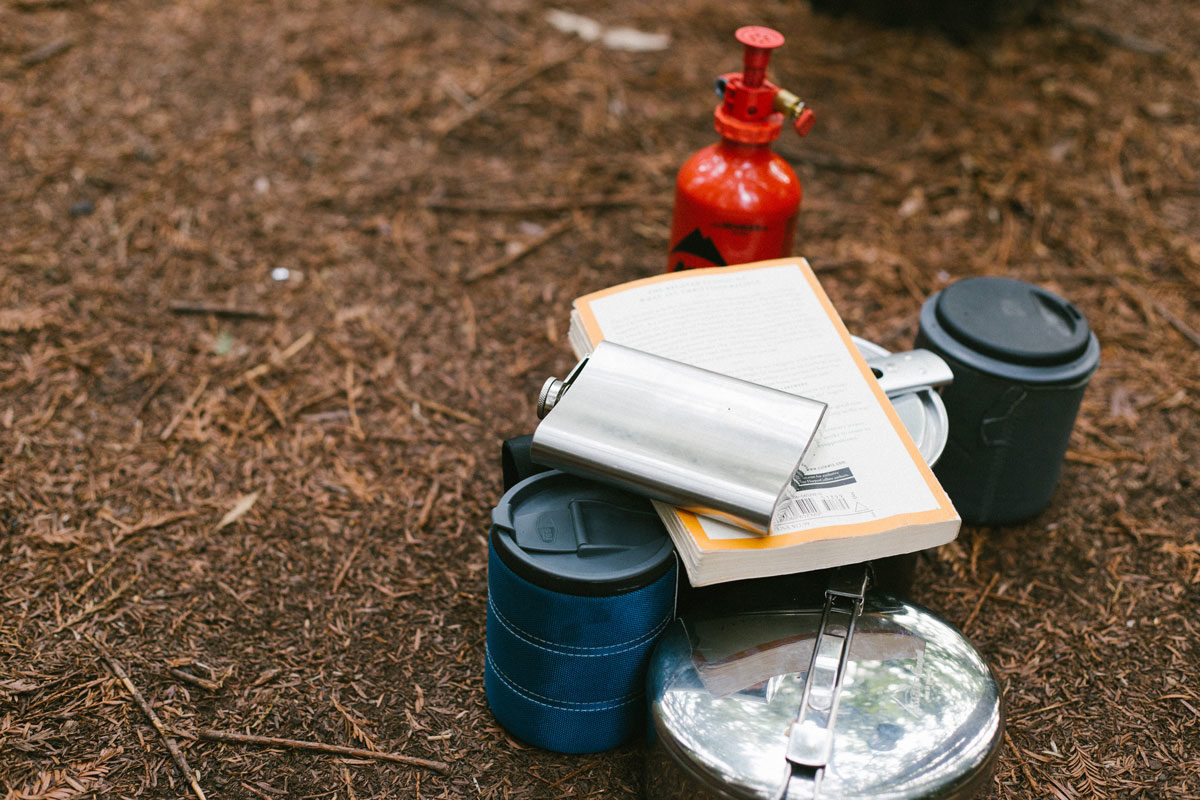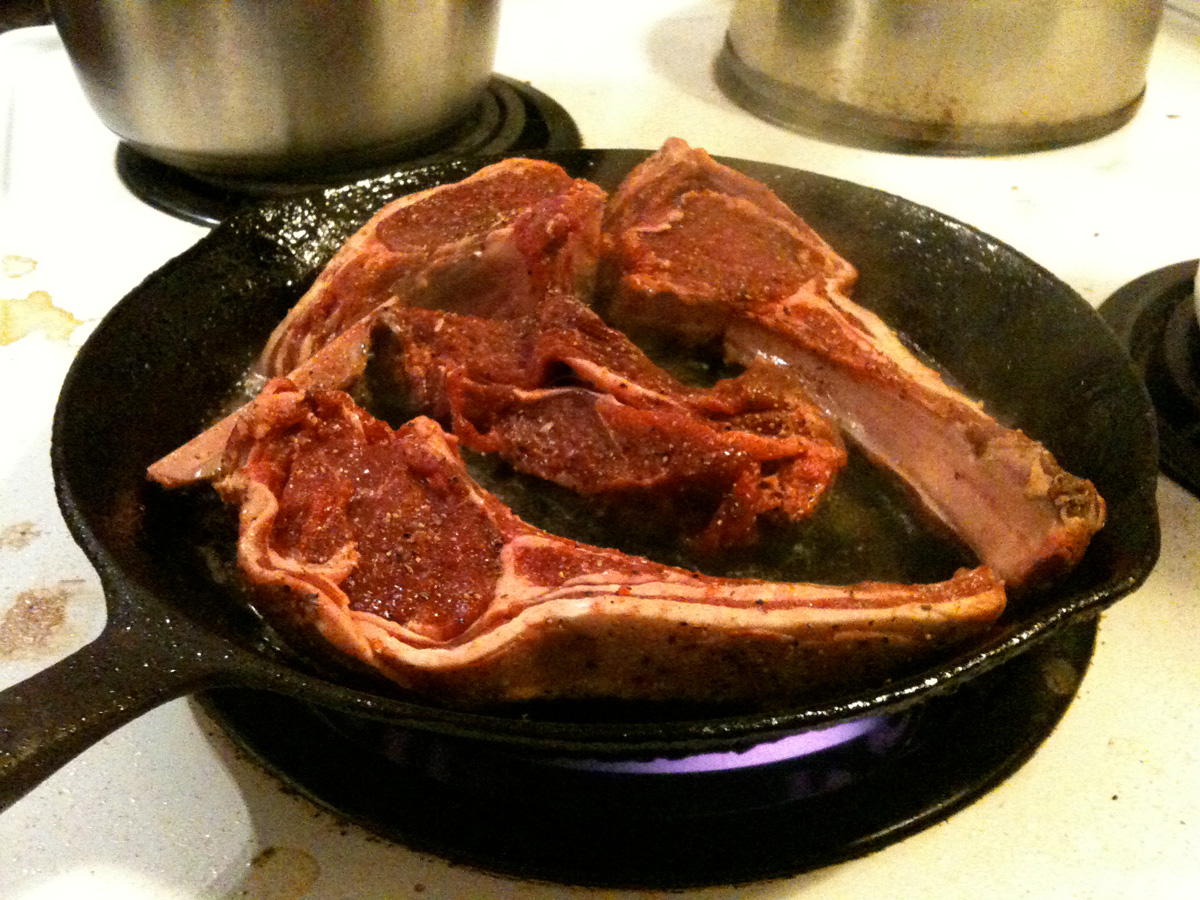A handful of page-turners to keep hunters and anglers entertained and educated
Perhaps not surprisingly, given his well-known curiosity and his own accomplishments as a writer, Theodore Roosevelt was a voracious reader. He often juggled several books at once, covering wide-ranging subjects, and commonly recommended or sent books to friends and acquaintances.
With more time at home than usual, many Americans are finding time to catch up on the reading that can seem difficult to fit into everyday life. So we reached out to staff, board members, and friends of TRCP for suggestions on what books sportsmen and women might enjoy during these strange times.
Here are their recommendations:
I am reading Walter Stahr’s Seward: Lincoln’s Indispensable Man, a detailed biography of the disheveled man from Auburn, New York, who would be President Lincoln’s right hand throughout the depths of the Civil War, and would go on to serve as Secretary of State for another three years after Lincoln’s death. Of course, we have Seward to thank for the acquisition of Alaska from Russia, often referred to as ‘Seward’s Folly.”
Steve Kline, chief policy officer, TRCP
To be fair, it was the film adaptation of A River Runs Through It that inspired so many people, including me, to pick up a fly rod for the first time. But Maclean’s prose deserves all of the credit. The writing is, at times, impossibly beautiful and feels effortless—much like a perfect fly cast. And the final sentence will stay with you, always.
Colin Kearns, editor-in-chief, Field & Stream
Butcher’s Crossing: A Novel by John Williams tells the story of a buffalo hunt in the 1870s. The conservation movement was driven in part by the slaughter of animals in the second half of the 19th century enabled by improved firearms, improved transportation, and a growing population. This realistic novel of a late buffalo hunt curled my hair.
John Griffin, TRCP Board of Directors
I would recommend Endurance: Shackleton’s Incredible Voyage by Alfred Lansing, about the failed attempt to cross Antarctica in 1914. It is a really good read about leading through challenge – and a cool historical story.
Becky Humphries, chief executive officer, National Wild Turkey Federation
I’m currently reading the novel A Gentleman in Moscow, which was a wedding gift last year from a mentor in the outdoor industry. It’s entirely different from what I’m usually reading, but now is the perfect time to dive into some fiction that takes place in a world far away. It’s a charming story that really takes me out of the day-to-day and I appreciate how little it relates to what I spend most of my time thinking and worrying about. Now is definitely the time for all my non-fiction lovers to pick up a good novel!
Jessica Wahl, executive director, Outdoor Recreation Roundtable
Fishing Through the Apocalypse by Matthew Miller: Writer and conservationist Matthew Miller manages to write a series of stories about the dire situation for fish in this country, while also making the reader feel hopeful. Each one is full of valuable insight and information packaged together as entertaining fishing stories. If you need a watery escape, pick this one up.
H is for Hawk by Helen Macdonald: This novel is part a story about overcoming grief and largely a story about hawks, hunting and a human’s connection to the wild. It’s also a pure joy to read. Her sentences, paragraphs, pages and chapters read like music, even as that music describes a hawk eviscerating a rabbit.
Christine Peterson, journalist and vice president of the Outdoor Writers Association of America
The one I’m reading now is The Death and Life of the Great Lakes by Dan Egan, a fascinating account of how we have abused the Great Lakes. It is a good read and also provides hope if we chose to undo, or at least not repeat, some of the mistakes of the past.
Whit Fosburgh, president and chief executive officer, TRCP

While we were at it, we asked our TRCP membership what books should be on the shelf of every conservationist. The top choices were, as follows:
A Sand County Almanac by Aldo Leopold (1939)
“If you want to read a single book that speaks to the foundations of wildlife ecology and management in the United States, this is the one.”–Dave Hays, Boise, ID
Wilderness Warrior: Theodore Roosevelt and the Crusade for America by Douglas Brinkley (2010)
“One of the best books I’ve read on Teddy Roosevelt’s fight to establish the public lands that we hold dear and his uncompromising values regarding the great outdoors and his passion for fair chase hunting.”–Gary Payeur, Florissant, MO
American Buffalo: In Search of a Lost Icon by Steven Rinella (2008)
“The book does a fantastic job describing the history of the buffalo in North America. The story is all told in parallel to the author pursuing this wonderful game animal. Once the history is told and a buffalo is in the meat is packed out, the author describes the future of the animal and how we can continue to help preserve it going forward.”–Zachary Denton, Peawaukee, WI
The Old Man and the Boy by Robert Ruark (1957)
“This is a book on raising a child to appreciate the outdoors, hunting, and becoming a sportsman, told in an incredibly poignant and humorous way.”–Glen Carlson, Silverdale, WA
That Wild Country: An Epic Journey through the Past, Present, and Future of America’s Public Lands by Mark Kenyon (2019)
“Best book I’ve ever read about public lands. Kenyon does an extraordinary job weaving his personal storytelling with the history, current status, and future of public lands. It is motivating and awe-inspiring.”–Garrett Miller, Butler, PA

And the Honorable Mentions:
Beyond the Hundredth Meridian: John Wesley Powell and the Second Opening of the West by Wallace Stegner (1954)
The Big Burn: Teddy Roosevelt and the Fire that Saved America by Timothy Egan (2009)
Desert Solitaire: A Season in the Wilderness by Edward Abbey (1968)
Goodbye to a River by John Graves (1960)
The Invention of Nature: Alexander Humboldt’s New World by Andrea Wulf (2015)
The Overstory: A Novel by Richard Powers (2018)
The Everglades: River of Grass by Marjory Stoneman Douglas (1947)
Salmon Without Rivers: A History of the Pacific Salmon Crisis by Jim Lichatowich (1999)
The Tenth Legion by Col. Tom Kelly (1973)
Add your favorite to our list here.
If you’re looking to pick up one of these titles, be sure to click through to our AmazonSmile page so that a percentage of your purchase is donated to the TRCP. Happy reading!







For a younger reader, I recommend the book “Hatchet.” “Hatchet is a 1986 Newbery Honor-winning young-adult wilderness survival novel written by American writer Gary Paulsen.” I found it fascinating when I was younger!
The whole series of “Brian” by Paulson is great my youngest was not motivated to read until we started those books.
Agreed with hatchet recommendation. For even younger readers, I’d recommend Big Red, by Jim Kjelgaard
I had to read Hatchet in grade school. Mandatory for fourth of fifth grade in Wyoming when I was there at least. It was a good book and a great choice for young readers. I recently finished Crow Killer, which was also a great book and not a long read if anyone is interested in mountain men.
Last Stand by Michael Punke. The history of conservation, the model and the key players -including how they became part of the conservation movement. Some, interestingly, by chance and possibly as I reflect…divinity.
Hatchet is a great book. Have read several young adult books as a result and enjoyed most of them.
How about Roosevelt’s War of 1812 or any of his other books!
Great list that also should have some of Zane Grey’s fishing exploits on it. “Tales of Fishes” and “Tales of Southern Rivers” are good ones to start with.
Oh my, the field is so deep. Anna Karenina has wonderful passages about hunting woodcock. The Sporting Sketches by Ivan Turgenev is wonderful for its description of rural (feudal) Russia from a hunter’s perspective. For the last century, I’m closing in on Giants In The Earth, Ole Rolvaag’s telling of the settlers in Eastern South Dakota. No better description of tall grass prairie. Tish-ah, tish-ah. Nobody said it better.
Very glad to see that Salmon Without Rivers made this list! I recently read this book as an assigned reading in a F&W course and very glad that I had. This book does an excellent job in explaining salmon life history, ecology, and impacts made by humans to their salmon’s ecosystem. This book opens the readers eyes and similar principles and understanding apply to many other species which have also had their ecosystems impacted by humans.
I would highly recommend this book to all who are interested in ecology and understanding how human changes have long reaching impacts throughout the natural world!
Several books by and about legendary first forester, Pennsylvania native and Teddy Roosevelt friend Gifford Pinchot including his delightful FISHING TALK; Pinchot biographer, Char Miller’s SEEKING THE GREATEST GOOD;
PINCHOT AND AMERICA”S FIRST FORESTERS by Pinchot great grand niece Bibi Gaston; also Pinchot’s own book
on conservation. Accounts of his close relationship with TR are just plain old great yarns but their intellects help
shape modern conservation and should never be forgotten.
“The Woods and Wild Things I Remember” by Archibald Rutledge. Also agree with Hatchet as a positive book for all ages.